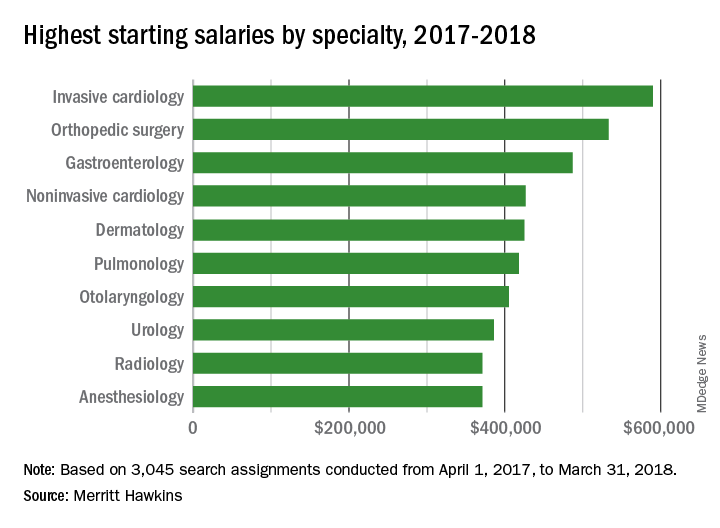
Example, an employee is promoted from a grade 4, step H in schedule-2 to a grade 6 in schedule-2.

In the shaded 'To Grade' section immediately below the section identified above, move down to the grade to which the employee is being promoted.In the shaded 'From Grade' sections, find the grade and step from which the employee is being promoted.Note: The charts in the ELM and some other places are outdated and not in use. The USPS payroll systems should be reprogramed to reflect this information. These charts are current, correct, and agreed to with the Postal Service. The second chart covers the portion of the schedule that applies to employees hired after May 22, 2011. One chart covers the portion of the pay schedule that applies to employees hired before May 23, 2011. (Updated 01/25/23) These charts answer the question: Upon promotion, what pay step in the promoted grade will I get? Financial Issues for Local, State Union Officers.

In all, approximately 57% of students found their jobs via networking and 62% found their jobs with the assistance of Columbia’s Mailman School of Public Health.įor further details, view the complete report: Post Graduate Outcomes. (Note: Percentages do not add to 100% because students could indicate more than one job search method percentages indicate the percent of unique survey respondents mentioning that method.)
#MAILMAN STARTING SALARY PROFESSIONAL#
Mailman career fair, recruiting event, CareerLink job board) 5% used Mailman School Alumni networking 13% Department/faculty 8% Classmate referrals, 10% practicum 13% personal network and 25% used a non-Mailman Job Board 6% were promoted from an existing job and 13% used other methods (such as reciprocity career services with other public health schools, professional associations, or staffing firms). 24% of students identified the job they accepted through Career Services (i.e.

Students used a variety of search methods to hear about the jobs they ended up accepting. Students went through an average of 4.7 first-round interviews and 2.9 second-round interviews, to receive an average number of 1.5 job offers (There was 3 students receiving 5 or more offers, 11 students receiving 4 offers 37 students receiving 3 offers 85 students receiving 2 offers). To find employment, students applied, on average, to 33 jobs in 2019-20, (excluding those who were recruited from internships or prior jobs). While the Mailman School has excellent career outcomes, and students and alumni have lifetime access to top-quality career services resources, students are ultimately responsible for taking ownership of their own job search. **MS salaries include salaries of those in programs such as Patient-Oriented Research, which are comprised of Columbia faculty and researchers.įor graduates who worked prior to attending Mailman School, and also provided salaries after graduation, the average salary increase after graduation was $41,318 and median increase was $40,687 in 2019-2020 (2021 data currently being calculated). * Note: Many differences in salary by degree reflect the prior years of relevant work experience of students in each degree program. Of these, 252 reported salaries (salaries paid in international currency or part-time excluded). Salaries by Industry: MPH, MHA, or MS only (Excluding Executive MPH, MHA, MS Part-Time MHAs and Students With Pre-Existing MD, PhD, PharmD, JD, etc.)ĥ80 students graduated with an MS, MHA or MPH and did not have a prior graduate degree. School-Wide Salaries (All Graduates Who Reported) Salaries Salary by Industry: School Wide (All Graduates, Including Executives, PhDs, and Those With Prior Graduate Degrees) excluding Executive MPH, MHA, or MS students, PhD/DrPH students, and students who entered Mailman with a pre-existing MD, PhD etc.). The first table is for all salaries reported the second table is the average or median salary for those MPH, MHA or MS students who entered the Mailman School without a prior graduate-level degree (i.e. The following salaries are school-wide salaries by industry.

Salaries differ by industry, years of experience of the candidate, geographic location, size of the employer, etc. Specific benefits/bonuses mentioned included tuition remission, stock options/equity, licensure reimbursement, visa sponsorship, housing and transportation pay (especially for graduates working internationally), and relocation costs.


 0 kommentar(er)
0 kommentar(er)
